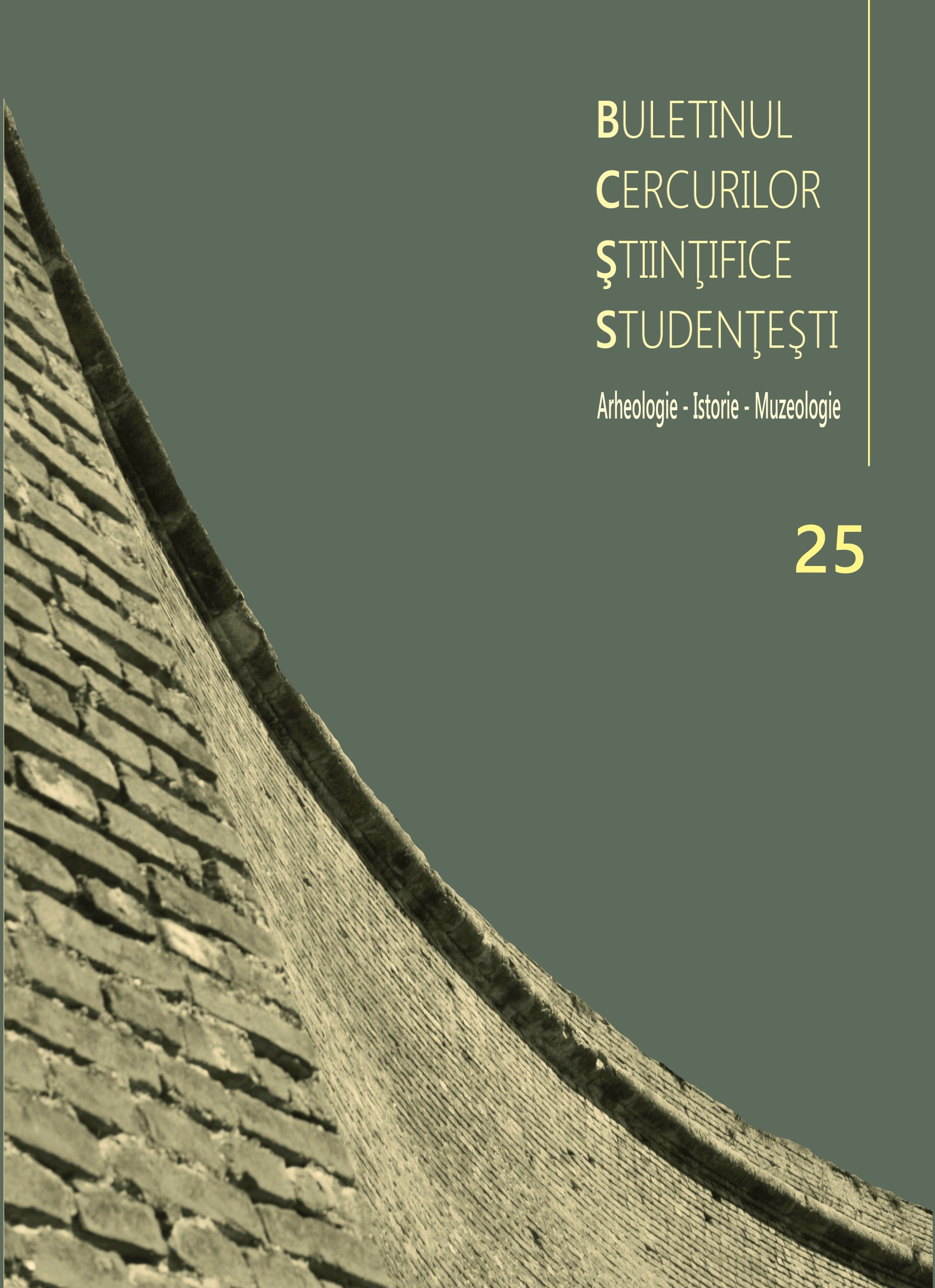Eunomius and His Heresy: Discussing Essence, Energy and Hypostasis
Eunomius and His Heresy: Discussing Essence, Energy and Hypostasis
Author(s): Alexandru StanSubject(s): Christian Theology and Religion, Cultural history, Middle Ages
Published by: Universitatea »1 Decembrie 1918« Alba Iulia
Keywords: Basil of Caesarea; distinctions; pantheism; Gregory of Nyssa; ousia;
Summary/Abstract: In the fourth century, the Church—following the persecutions under Diocletian—was confronted with the Arian heresy. However, the Arian heresy did not end in the fourth century. Arianism led to a series of subgroups, including the Anomaeans. This article will address a figure from Late Antiquity known as Eunomius, who was an Anomaean heretic, alongside the Cappadocian Fathers’ response. This analysis was carried out in order to assess both Eunomius’s beliefs and the reasons for his condemnation, with an understanding that the best way to do so is by reading his works. However, the majority of his works are now missing, and fragments exist only in the refutations of his Apologies written by Basil of Caesarea and Gregory of Nyssa. This necessitates an analysis of what Basil, Gregory and other sources, like the Church Historians (Ecclesiastic Historians), wrote about Eunomius and his background. With reference to the work of the Cappadocian Fathers, this article shows that Eunomius did not distinguish between essence, energy and hypostasis in God. His lack of understanding and accepting of the distinction that was understood by the Cappadocian Fathers led to his anathematisation at the Second Ecumenical Council in Constantinople in the year 381.
Journal: Buletinul Cercurilor Științifice Studențești
- Issue Year: 25/2019
- Issue No: 1
- Page Range: 23-41
- Page Count: 23
- Language: Romanian

